5 Compelling Reasons Why Linear Light is the Future of Energy Efficient Lighting Solutions
In an age where energy efficiency and sustainability are paramount, the search for effective lighting solutions has led to a transformative innovation: Linear Light. This cutting-edge technology promises not only to illuminate our spaces with unparalleled clarity but also to significantly reduce energy consumption. As traditional lighting systems struggle with inefficiencies and short lifespans, Linear Light emerges as a beacon of hope, addressing the pressing issues of energy waste and environmental impact. Furthermore, its sleek and versatile design allows for seamless integration into various architectural styles, making it an attractive option for both residential and commercial applications. As we explore the compelling reasons why Linear Light is the future of energy-efficient lighting solutions, it's clear that this advancement could redefine the way we think about and utilize light in our daily lives.

The Evolution of Linear Lighting Technology
The evolution of linear lighting technology has significantly reshaped the landscape of energy-efficient lighting solutions. With advancements in LED technology, linear lighting systems have become more sophisticated, offering not only enhanced energy savings but also improved aesthetic appeal. As consumers demand more sustainable options, manufacturers are responding by innovating products that utilize less energy while maximizing brightness and lifespan. This paradigm shift is evident in various applications, from residential spaces to commercial environments, as businesses recognize the dual benefits of reduced operational costs and a smaller carbon footprint.
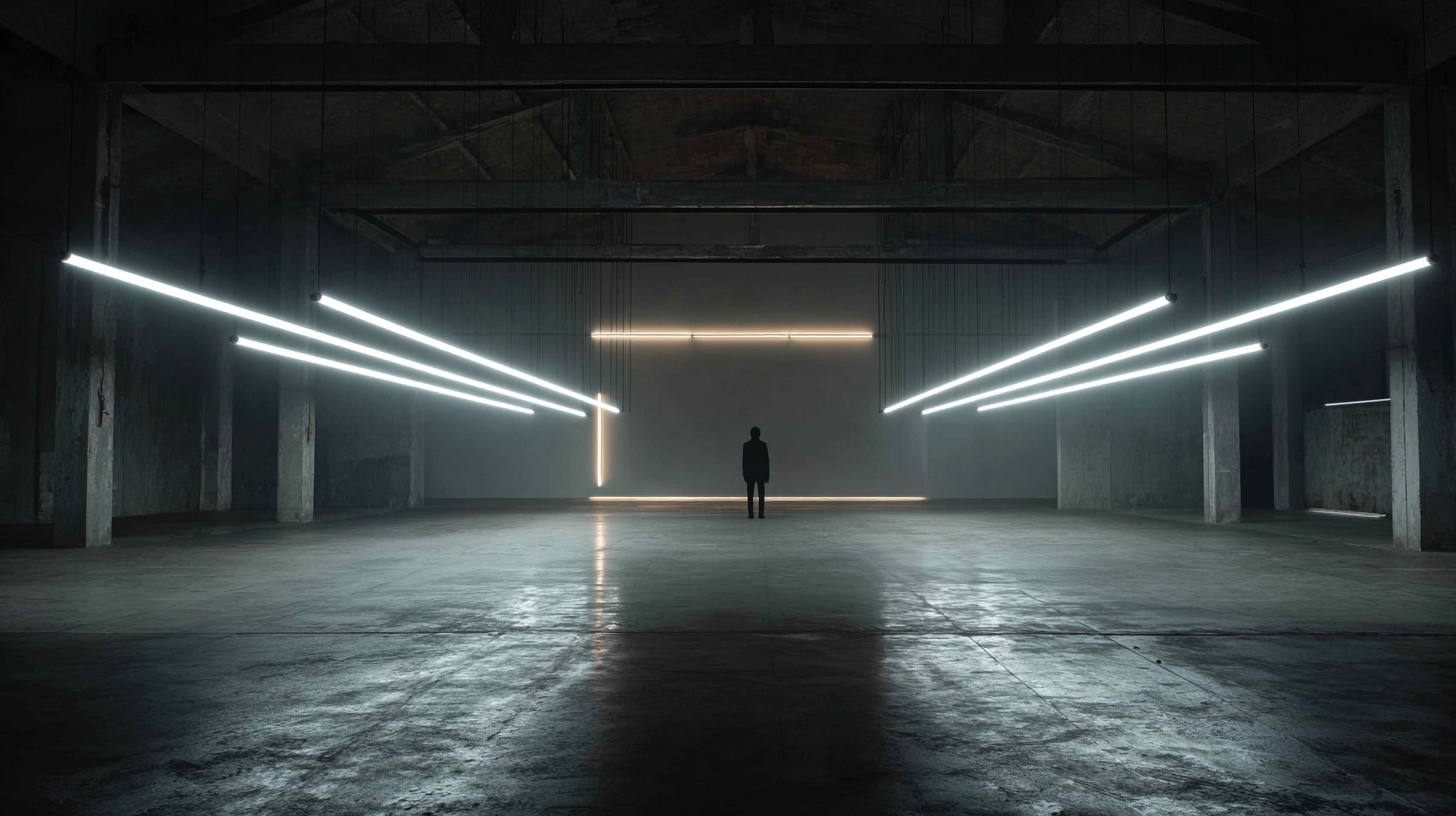
Additionally, the market for linear lighting is projected to grow substantially, reaching an estimated USD 9.67 billion by 2034. This growth reflects not only the rising efficiency of linear light systems but also a broader trend of consumers and companies prioritizing eco-friendly and visually pleasing designs. The transition to linear lighting is a testament to the ongoing evolution within the lighting industry, driven by technological advancements and a collective push towards sustainable practices. As we move forward, linear light is poised to remain a beacon of innovation in the quest for energy efficiency.
Benefits of Linear Light in Energy Efficiency
Linear lighting solutions are rapidly gaining traction in the realm of energy efficiency, showcasing several key benefits that position them as a leading choice for modern lighting needs. One of the primary advantages of linear lights is their ability to provide uniform illumination across large spaces. This consistency not only enhances the aesthetic appeal of environments but also reduces the need for multiple fixtures, which can lead to substantial energy savings over time.
Moreover, linear lights are typically designed with advanced LED technology, known for its low power consumption and longer lifespan compared to traditional lighting options. This means that users can enjoy reduced electricity bills while minimizing the frequency of replacements. Additionally, many linear lighting systems are compatible with smart technology, allowing for further energy optimization through automated controls and dimming options, resulting in an even more refined energy management approach.
In commercial settings, the adaptability of linear lights to various applications—such as cove lighting, task lighting, and accent lighting—makes them a versatile choice that meets diverse needs. This flexibility not only contributes to energy efficiency but also supports sustainability efforts by lessening the overall environmental impact of lighting solutions. As the demand for eco-friendly and cost-effective lighting solutions continues to grow, linear light stands out as a frontrunner in shaping the future of energy-efficient lighting design.
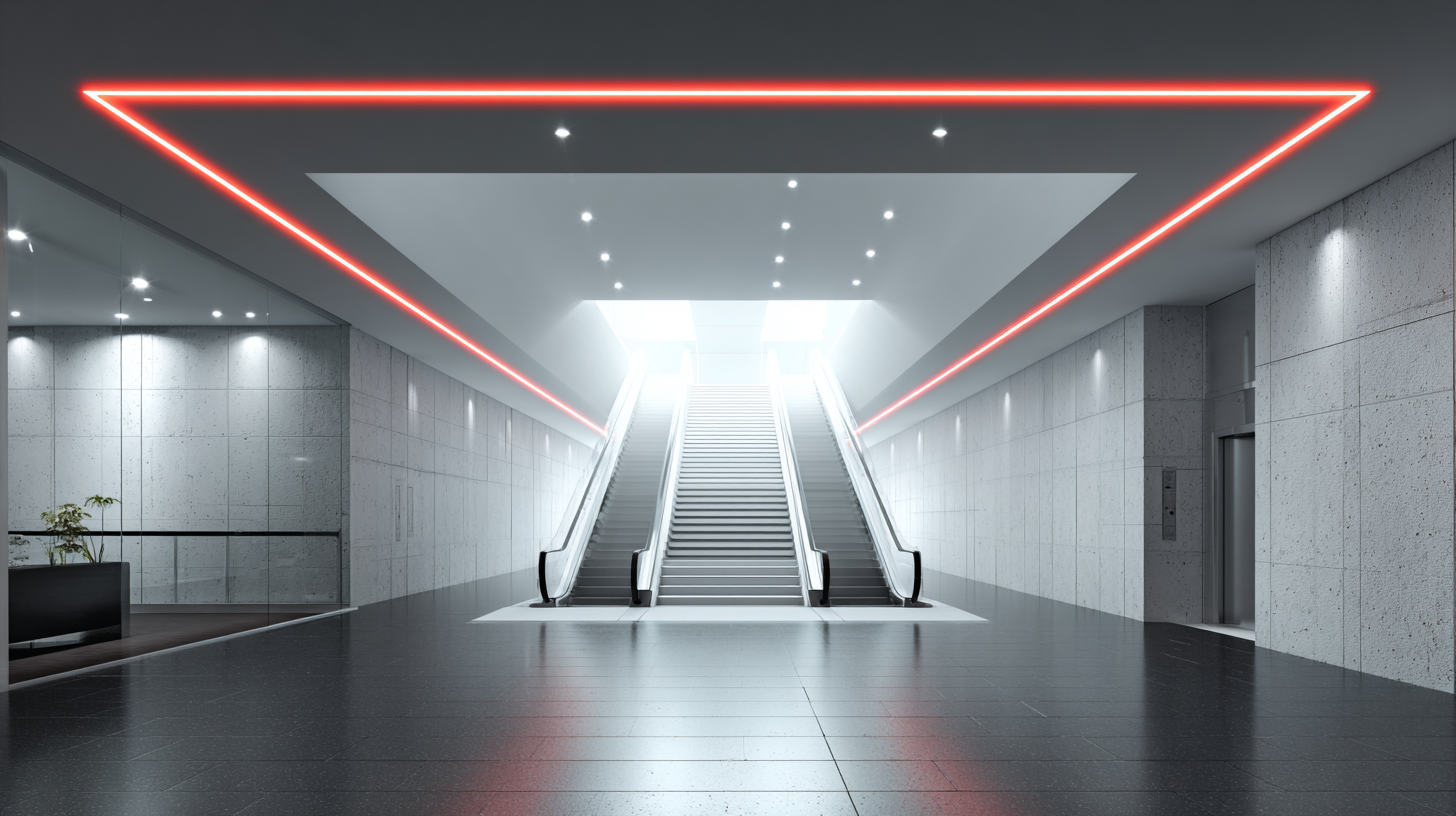
Design Versatility: Why Linear Light Shines in Various Spaces
Linear lighting has emerged as a versatile and innovative solution for various spaces, making it a favored choice among designers and architects. Its sleek and minimalistic design fits seamlessly into diverse environments, from residential homes to commercial offices and retail outlets. By providing an even distribution of light, linear fixtures enhance visibility while adding an element of modernity to the decor. Whether mounted on walls, ceilings, or embedded in furniture, these lights easily adapt to any layout, proving essential for creating a visually appealing atmosphere.
When considering linear lights for your space, remember to think about the color temperature. Warmer tones can create a cozy ambiance in living areas, while cooler tones are ideal for workspaces, promoting concentration and alertness. Additionally, utilizing dimmable linear fixtures can enhance functionality, allowing you to adjust lighting based on the time of day or the activity at hand.
Another tip is to explore integration with smart technology. Linear lighting can be combined with smart home systems to provide customizable settings that fit your lifestyle. Using motion sensors and timers can further optimize energy usage, ensuring that your lighting is both efficient and effective. Embracing linear light not only elevates design but also encourages sustainability in your lighting solutions.
Energy Efficiency of Different Lighting Solutions
This chart demonstrates the energy efficiency of various lighting solutions measured in Lumens per Watt. Linear LED technology stands out as the most efficient option, showcasing its potential as a leading choice in energy-efficient lighting solutions.
Cost-Effectiveness of Linear Lighting Solutions
Linear lighting solutions are rapidly gaining traction in both residential and commercial settings due to their cost-effectiveness. According to a report by the U.S. Department of Energy, energy-efficient lighting options, including linear LED fixtures, can save up to 75% more energy compared to traditional incandescent bulbs. This significant reduction not only lowers electricity bills but also contributes to a greener environment by decreasing the overall carbon footprint.
In addition to energy savings, linear lighting solutions often boast longer lifespans, which translates to reduced maintenance costs. The same report indicates that LED linear lights can last up to 25 times longer than traditional lighting solutions, decreasing the frequency and expense of replacement. Businesses that invest in linear lighting can enjoy substantial operational savings over time, making it a financially sound decision. Furthermore, with advancements in technology driving down initial installation costs, the return on investment for linear lighting has never been more appealing for budget-conscious consumers and organizations alike.
Future Trends in Linear Lighting Innovations
As the demand for sustainable and energy-efficient lighting solutions grows, linear lighting technologies are at the forefront of this transformation. Recent reports by the U.S. Department of Energy indicate that LED linear lighting can reduce energy use by up to 75% compared to traditional incandescent bulbs. These advancements not only contribute to lower utility bills for consumers but also significantly decrease carbon emissions, aligning with global sustainability goals.
In addition to energy savings, innovative designs in linear lighting are enhancing both functionality and aesthetics. The emergence of smart linear lighting systems is a game changer, allowing users to customize brightness and color temperatures through mobile applications. According to a study by MarketsandMarkets, the global smart lighting market is projected to reach $82 billion by 2026, with linear lighting innovations playing a critical role in this growth. These technologies not only improve energy efficiency but also create dynamic environments in commercial and residential spaces, paving the way for a more adaptable and eco-friendly future in lighting solutions.
Related Posts
-
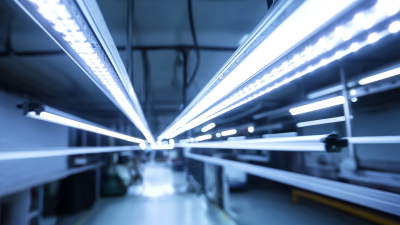
Innovation in Chinese Manufacturing Thrives Against US China Tariff Challenges with Best Linear Light Solutions
-
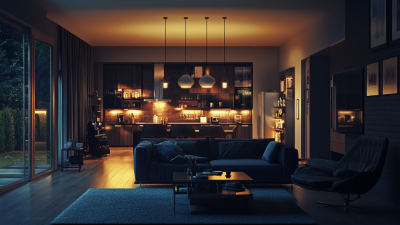
Maximizing Energy Efficiency with Led Bulbs in Your Home and Business
-

How to Source High Quality Long Led Light Suppliers for Global Markets
-
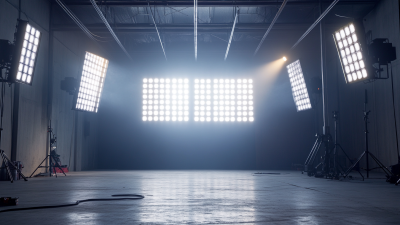
Unveiling the Power of 200W Led Bay Lights for Maximum Efficiency and Longevity
-
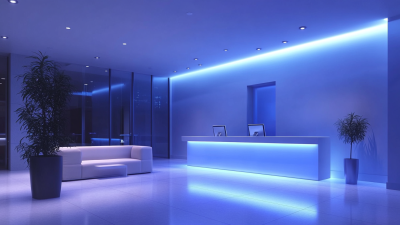
What Are the Key Benefits of Choosing LED Lighting Supply for Your Business?
-
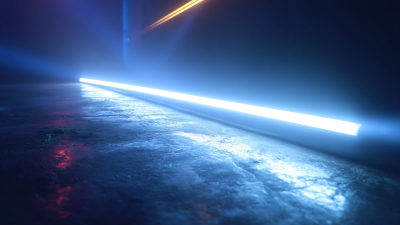
Unlocking Energy Efficiency with Best Led Linear Lighting Solutions for Global Buyers
